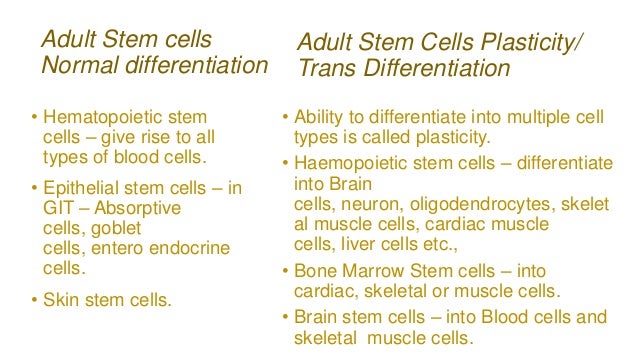

Interestingly, rich sources of MSCs include birth-associated tissues that are treated as medical waste, such as placenta, umbilical cord, amniotic fluid, and amniotic membrane. Obtaining MSCs from these sources requires invasive procedures. Another easily accessible source of MSCs is adipose tissue 15. BM is the tissue in which MSCs were first identified. The best known and the most commonly used source of MSCs is bone marrow (BM) 14. 1), their relative ease to culture in vitro, their ability to differentiate into several different cell types, and their special immunological properties make MSCs a promising tool for cell therapy and tissue regeneration.

The fact that MSCs can be isolated from numerous sources 1, 2, 6 – 8, 10 ( Fig. Mesenchymal Stem Cells-the Main Players in Cell Therapy It appears that the criteria proposed by the ISCT are not sufficient because MSCs isolated from different tissues represent a relatively heterogeneous group of cells in terms of differentiation, proliferation abilities, and cell surface expression 6, 10 – 13. It has been suggested that these differences are a result of the direct influence of the specific microenvironments in which they primarily reside 8, 9.ĭespite increasing numbers of reports describing MSCs, numerous controversies have arisen regarding the proper identification of MSCs. It should be also noted that the potential of MSCs for differentiation and proliferation may vary considerably between different MSC sources 6, 7. Although a wide range of positive markers describing MSCs has been identified, no single marker has been indicated as specific for MSCs. MSCs also express others markers, including CD9, CD10, CD13, CD29, CD44, CD49, CD51, CD54 (ICAM-1), CD117 (c-kit), CD146 (MCAM), CD166 (ALCAM), and Stro-1, but the expression of specific combinations of the markers appear to be host tissue dependent 5. In addition to their plastic adherent properties under standard culture conditions and trilineage differentiation capacity into osteoblasts, chondrocytes and adipocytes, > 95% of the MSCs population is positive for the three specific surface markers-CD73 (SH3/4), CD90 (Thy-1), and CD105 (SH2)-and do not express CD45, CD34, CD14, CD11b, CD79a, CD19, or major histocompatibility complex (MHC) class II 3, 4. In 2006, the International Society of Cellular Therapy (ISCT) proposed basic criteria for defining human multipotent mesenchymal stromal cells whose name then evolved to MSCs.

MSCs are primary, non-specialized, nonhematopoietic, plastic adherent cells with great proliferation potential and the capacity for self-renewal and differentation 2. Friedenstein’s observations allowed for the discovery of a specific type of cell, currently referred to as mesenchymal stem cells (MSCs). identified a population of fibroblast-like cells that formed clonal colonies in vitro (CFU-F, Colony Forming Unit-Fibroblast) 1. Here, we reviewed the current knowledge about MSCs in terms of their therapeutic potential, clinical effects and safety in clinical applications. The diversity of MSCs, their different clinical applications, and their many traits that have not yet been thoroughly investigated are sources of discussions and controversial opinions about these cells. What are the mechanisms of action of MSCs? How do they reach their destination? Is the clinical use of MSCs safe? These are the main questions that arise regarding MSCs when they are considered as therapeutic tools. In addition to their many advantages and benefits, there are still questions about the use of MSCs. The great potential and availability of MSCs allow for their various clinical applications in the treatment of many incurable diseases. Due to their properties, especially their ability to self-regenerate, differentiate into several cell lineages and participate in immunomodulation, MSCs have become a promising tool in developing modern and efficient future treatment strategies. Researchers are increasingly aware of the nature of MSCs and new possibilities for their use. Nowadays modern treatment strategies willingly use mesenchymal stem cells (MSCs) derived from different sources. Currently, stem cells are being investigated for their potentially widespread use in therapies for many untreatable diseases. The need to search for new, alternative treatments for various diseases has prompted scientists and physicians to focus their attention on regenerative medicine and broadly understood cell therapies.


 0 kommentar(er)
0 kommentar(er)
